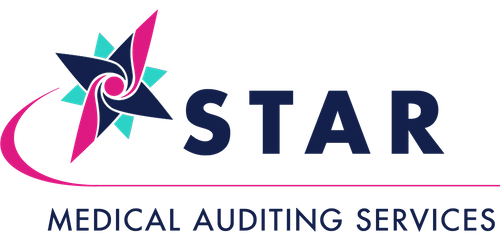Remote Patient Monitoring is taking Telehealth to the Next Level
Remote Patient Monitoring (RPM) is an increasingly vital aspect of the healthcare industry, especially in the context of health information management and clinical documentation improvement. With the advancement of technology, remote patient monitoring solutions have emerged as a game-changer, providing healthcare providers with real-time data on patients' health status from the comfort of their homes.
RPM lets providers remotely monitor and manage acute and chronic conditions such as sleep apnea, asthma, COPD, and includes symptom progression and vitals (e.g., blood pressure, pulse oximeter, blood sugar levels, etc.). This data can be seamlessly integrated into electronic health records, improving the accuracy and completeness of clinical documentation.
RPM not only decreases healthcare costs, but it eliminates patients' travel costs and risk of infection. We have seen the rise in RPM over the past three to four years, especially during the COVID-19 Public Health Emergency years.
Clinical Documentation Improvement (CDI) experts provide a key aspect for appropriately identifying proper RPMs. Providing real-time patient data enables clinicians to make more accurate and timely documentation about the patient’s health status, including diagnoses, procedures and/or treatment. Querying the physician if any of the required documentation elements are missing will be key to proper reimbursement. RPM documentation elements include:
· Written physician order for RPM
· Device deployment order from a practitioner
· The condition(s) being monitored
· Device identification
· The date you delivered the device to the patient
· The date(s) on which the patient receives training for the RPM device
Current Procedural Terminology, more commonly known as CPT®, published by the American Medical Association and updated annually, provides the following 2023 CPT ® codes for RPM, and estimated reimbursement under hospital Outpatient Prospective Payment System (OPPS):
§ CPT ® 99453: Initial set-up & patient education on equipment (one-time fee). (approximate reimbursement $120)
§ CPT ® 99454: Supply of devices, collection, transmission, and report/summary of services to the clinician. (approximate reimbursement $35)
§ CPT ® 99457: Remote physiologic monitoring services by clinical staff/MD/QHCP first 20 cumulative minutes of RPM services over a 30-day period. (OPPS status “B”)
§ CPT ® 99458: Remote physiologic monitoring services by clinical staff/MD/QHCP for an additional cumulative 20 minutes of RPM services over a 30-day period. (OPPS Status “B”)
§ CPT ® 99091: Collection and interpretation of data by physician or QHCP, 30 minutes. (OPPS status “N”)
Reminder: Always code from the official CPT for the current year as codes change annually.
RPM can reduce healthcare costs by preventing hospital readmissions and enabling early intervention. However, as with all new technologies, as this field continues to evolve, ensuring data security and compliance with healthcare regulations remains a critical challenge. Balancing the benefits and potential risks while optimizing clinical documentation processes is a topic of ongoing interest and discussion in our industry.
STAR Medical Auditing Services can help your organization by educating your providers on required RPM documentation elements and by auditing your claims to ensure compliance with CPT coding guidelines. Contact us today to see how STAR can help maximize revenues and mitigate risk of payor audits and recoupment.
Reference/Resource: https://telehealth.hhs.gov/providers/preparing-patients-for-telehealth/telehealth-and-remote-patient-monitoring; AMA CPT ® Codebook.
